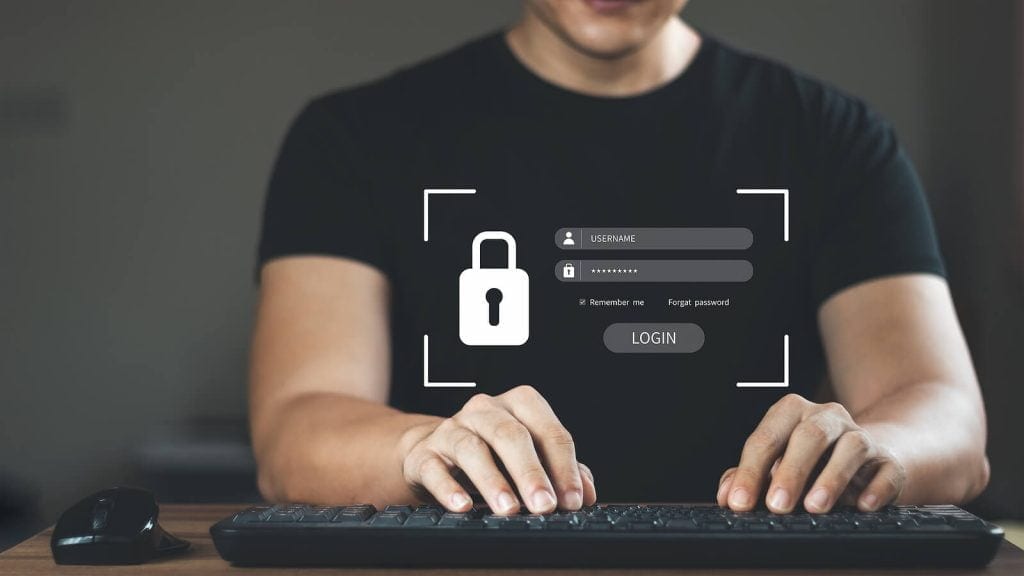When it comes to preserving information security today, it can no longer be the exclusive responsibility of information security specialists – it must become a shared responsibility that requires efforts at all levels of organizations, and more generally, of the whole society. If everyone takes collective action to protect the online environment, then the digital society will become stronger, safer and more resilient in its fight against cyber attacks.
Table of Contents
ToggleCybersecurity Ventures predicts cybercrime will cost the world in excess of $6 trillion annually by 2021.
Information Security Explained
SANS explains Information Security as the procedures and techniques which are planned and executed to ensure print, electronic, or any other type of sensitive, private and confidential data or information from unapproved access, use, abuse, exposure, obliteration, alteration, or disturbance.
These sets of practices and methodologies are there to secure data both when it is being stored and transmitted. As data and knowledge have become one of the most precious assets in the 21st century, accordingly protecting and securing the information has become important
Why is it important to preserve information security?
Information security refers to electronic as well as physical information. This can be anything from your social media profile details to your biometrics. The scope of information security is broad and affects all parts of our electronic lives.
Information security systems inspect possible threats and consider protective and preventive measures through unrecognized vulnerabilities and areas where more attention is needed
The goal of data security management is to ensure business continuity and avoid attacks and setbacks by preventing and minimising the effect of security incidents.
The principles of information security are:
- Confidentially
- Authentication
- Integrity
- Non-Repudiation
These principles are responsible for :
- Protecting the organisation
- Enabling the safe transfer of information
- Protecting the data of the organisation
- Safeguarding technology assets
Tips to preserve Information Security
Technical measures:
- Filters and DLP systems
New versions of browsers have built-in “anti-phishing” that notifies about hitting a fake page. Fraudulent sites live about five days at most – data about them gets into the filter, and phishers have to create new resources over and over again.
Most email sites filter and analyze traffic. They use preventive tools: anti-virus scanning of all incoming and outgoing messages, anti-spam and anti-phishing.
DLP systems will help to implement corporate information security policy, including for email. Such decisions keep insiders away. Administrators can set up email security settings and easily apply them to different groups of employees.
- Update your operating system regularly
New updates and configurations are specially created and launched in order to eliminate the identified vulnerabilities, with the ability to resist new methods of hacker attacks that endanger the safety of your information.
Windows can be updated automatically with consent with just one click. Set the update settings to the time when this process will be most convenient for you, and you no longer have to worry about the fact that the system started updating at the most inopportune moment.
- Protection against phishing attacks
If you want to protect your information, then, do not be too gullible, do not fall for the phishing “bait”. Typically, attackers are very creative in this process, using all sorts of innovations when developing new phishing techniques. In this case, the best way to protect your own security is to try to constantly keep abreast of events, because new types of attacks appear daily.
SPF, DKIM and DMARC are standards that help different aspects of authentication and ensure that your domain is safe and cannot be forged. An SPF record should be used to protect corporate email. Remember to use the SPF checker to make sure everything is in order.
Preventive measures.
- Implement instruction and training with imitation phishing.
Train the user, no matter how solid the information defense system is. Fraudsters skillfully use social engineering for unauthorized access to computer networks of any security level. Technology is improving, but people’s habits remain.
Raise employee awareness of social engineering attacks. There are simulated phishing training sessions. For classes, you can use automated systems that send fake emails and collect response statistics. It allows you to quickly and easily find out the reaction of employees to fraud.
Be careful about email security. Remember that banks do not send out requests for your password.
- Stay tuned for cyberattack news and take immediate precautions.
We recommend that you follow the news in the field of Internet security, realistically assess the existence of a potential threat to you personally, and, if you have a little free time, read articles on similar topics.
When you are aware of what is happening, you are in a better position to be able to protect your data and inform your family and friends in a timely manner, showing by your own example how to take care of personal IT security.
- Stay alert for Psychological warfare.
If you participate in Facebook surveys, tests and quizzes that ask for your personal information or that of your friends, keep in mind that this is usually a loophole for targeted marketing and advertising, but internet security experts warn that it can also entail the possibility of introducing malware into your device or your friend’s device.
Summary
Responsible attitude to the protection of personal data, the safety of finances, privacy, safe and uninterrupted operation of home technological innovations, prevention of hacker attacks and any other harmful effects on your devices and your life is an indispensable duty of every thinking person. So follow these tips to preserve your information security.





